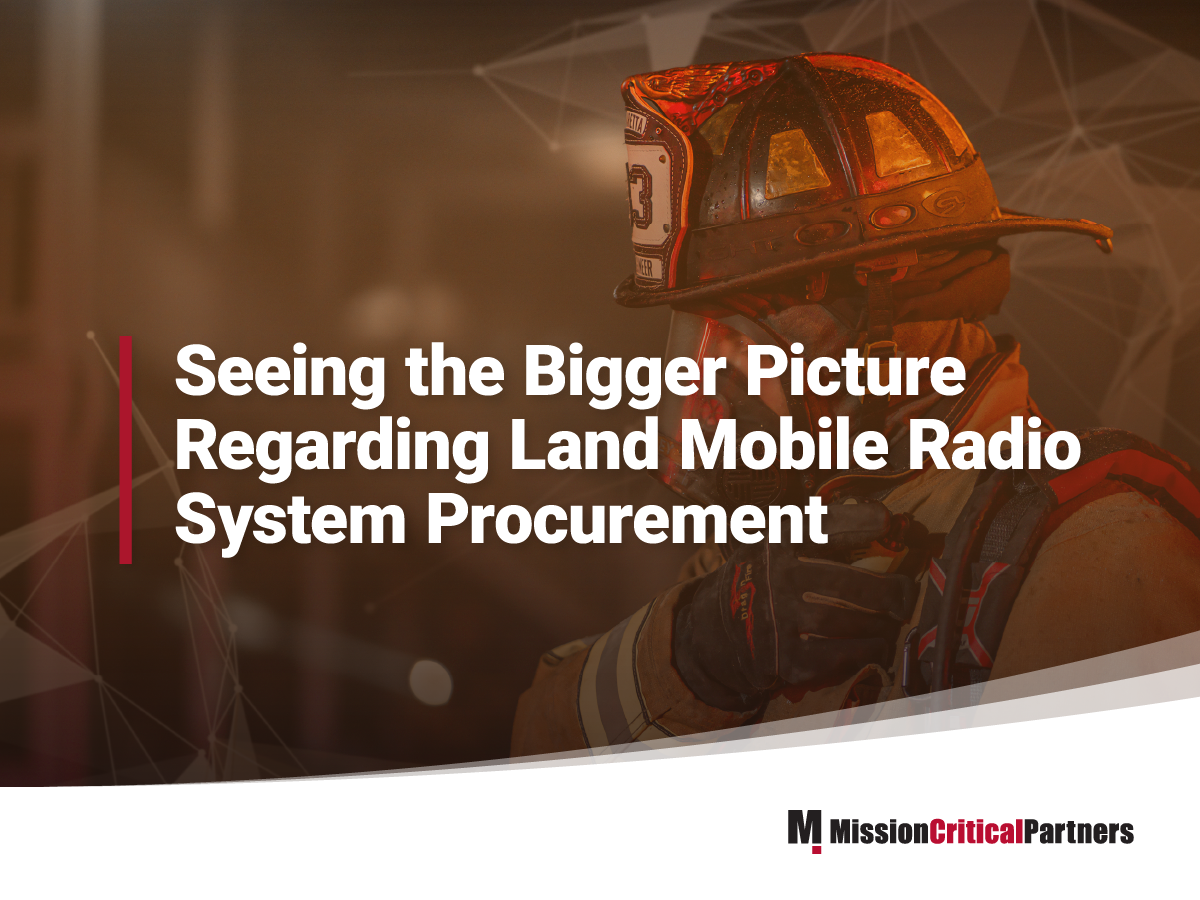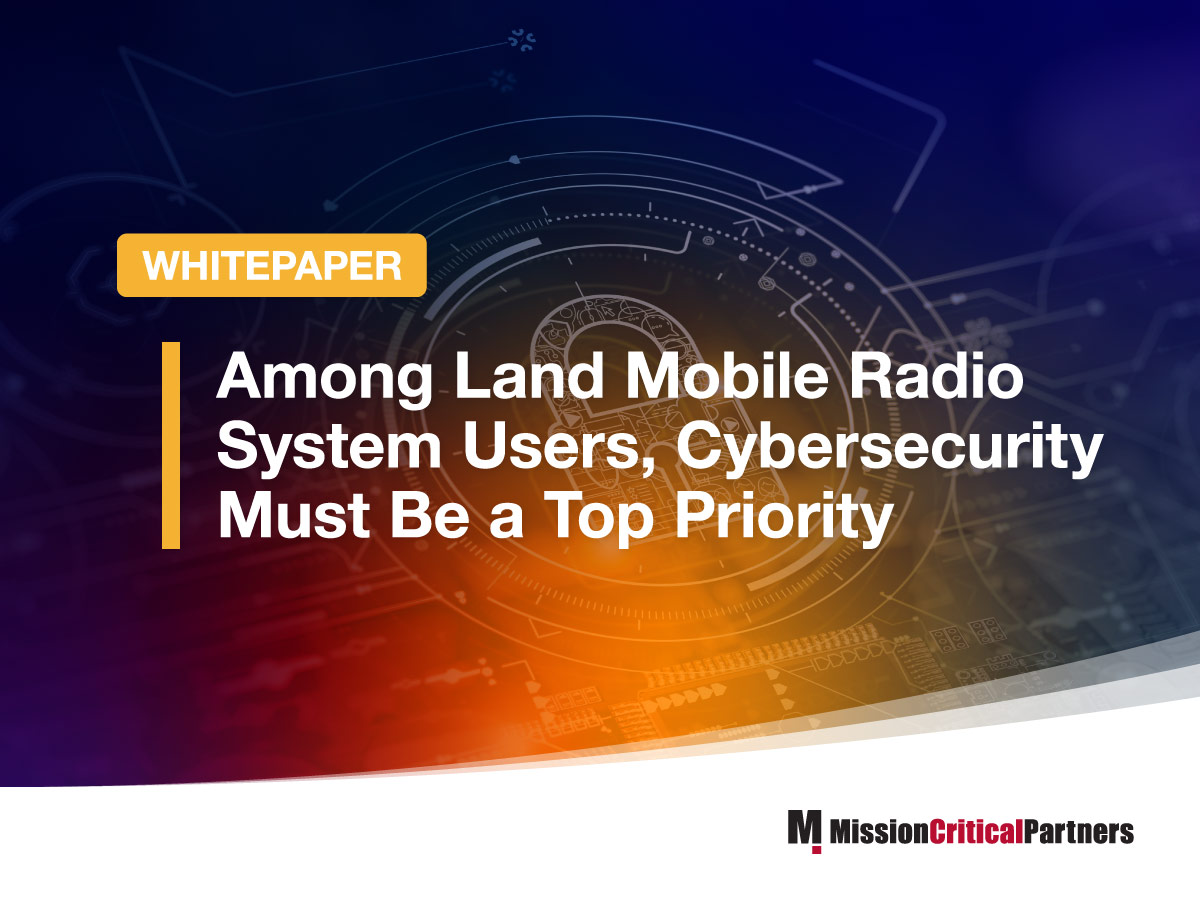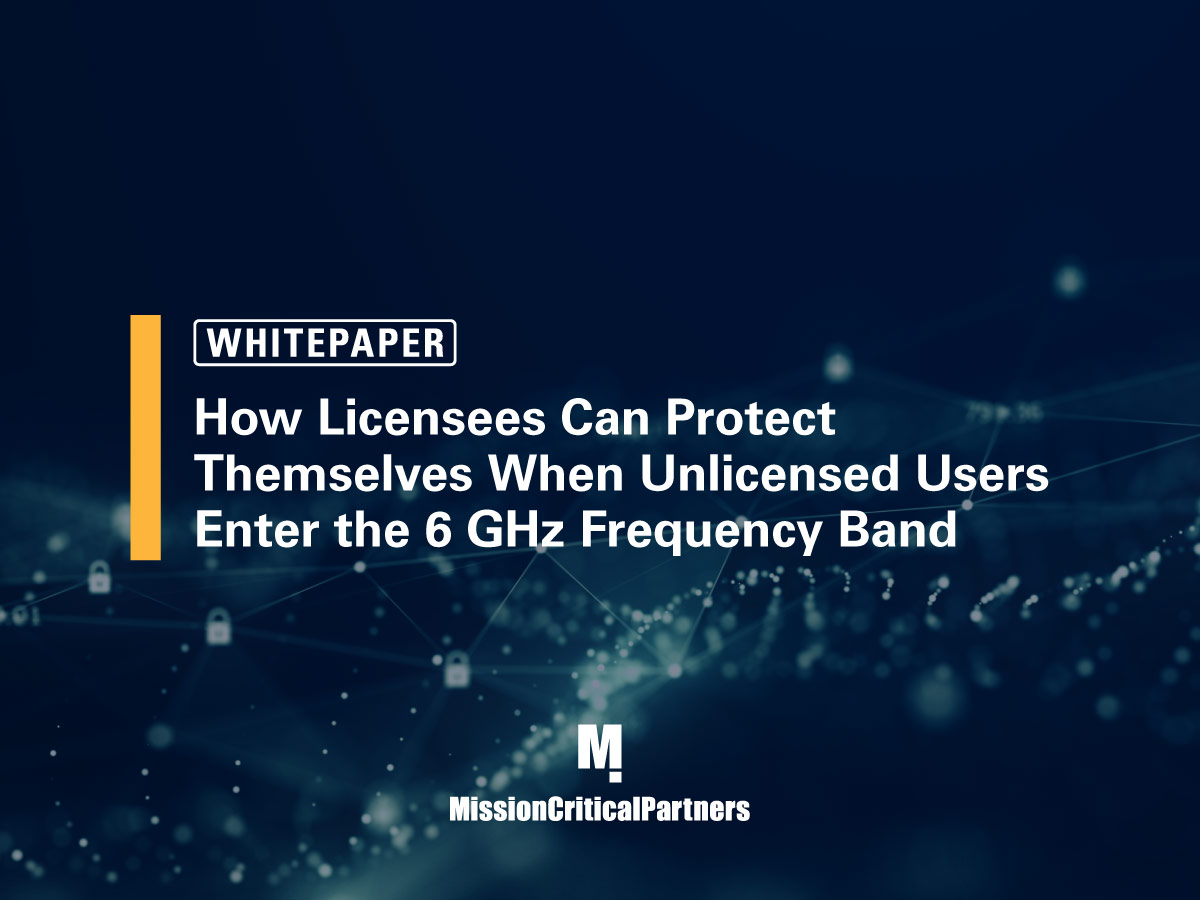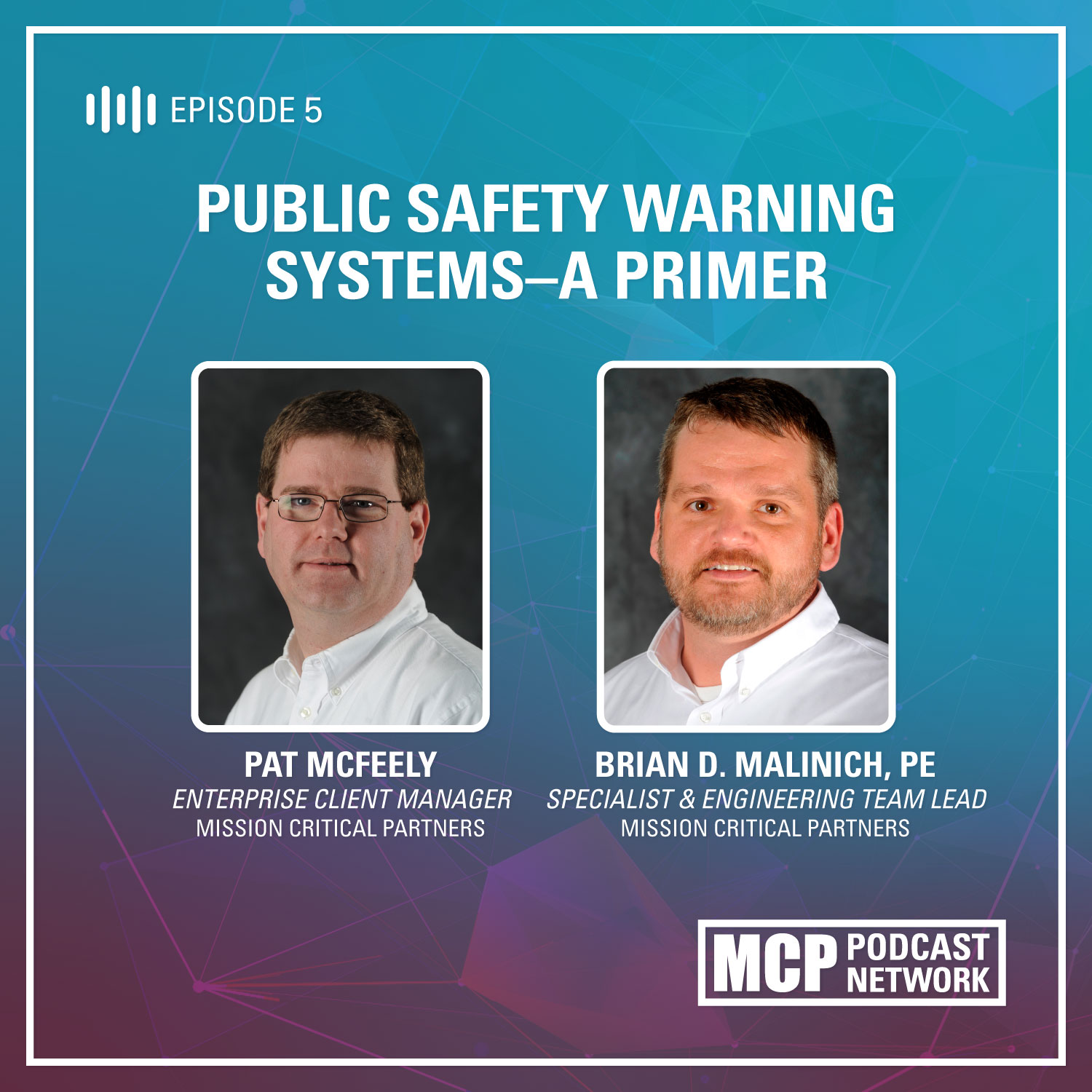MCP's informational podcast series features the firm’s subject-matter experts and other industry leaders exploring a wide range of timely topics pertaining to mission-critical communications.
The fifth episode on the MCP Podcast Network is entitled “Alert and Warning Systems: A Primer.” This episode explores the varying types of alert and warning systems available in today's market, as well as:
- The most important factors agencies should consider when deploying a system
- Red flags to be aware of when implementing a new system
- FEMA's IPAWS system and how agencies can implement it
- The pros and cons of onsite versus on-premises solutions
- The most common mistakes agencies make when implementing an alert and warning system
An edited transcript is available below.










